For New York Times Magazine, Devin Gordon profiled popular oddsmaker Mazi VS, a sports gambler who sells picks and get-rich dreams. The problem is that his claims, like a 70% win rate, don’t match with real-world odds.
It’s also worth noting that every sharp and every oddsmaker I spoke with for this article pointed out that if Mazi really wins at the rate he claims, most of the sportsbooks he bets at would never take his action. “You kind of tell on yourself when you show big tickets constantly,” Gadoon Kyrollos, a much-admired pro gambler, known as Spanky, who co-founded the Sports Gambling Hall of Fame two years ago, told me. “You’re trying to say, ‘Look — I’m a big winner.’ But for anybody that has a clue, we know the reality is that you’re fundamentally a loser.” Casinos also keep close tabs on the betting patterns of their regular customers, especially the winners. “The folks I know on, let’s say, both the light and dark sides of the street — we know who’s out there,” Brennan told me. “We know who’s for real and who isn’t, and I can tell you for a fact, Mazi isn’t anywhere near that list, isn’t in consideration, an honorable mention, any of that.”
If the odds sound too good to be true, especially when money is involved, they probably are.
This story was so good, from beginning to end.

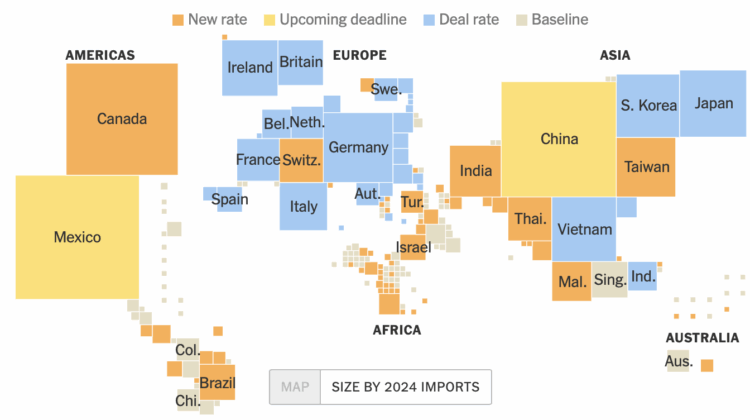



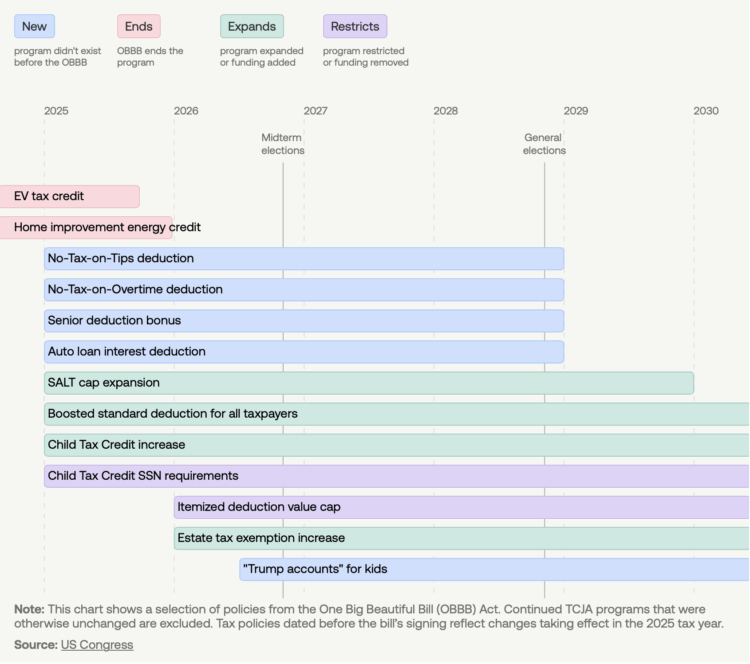

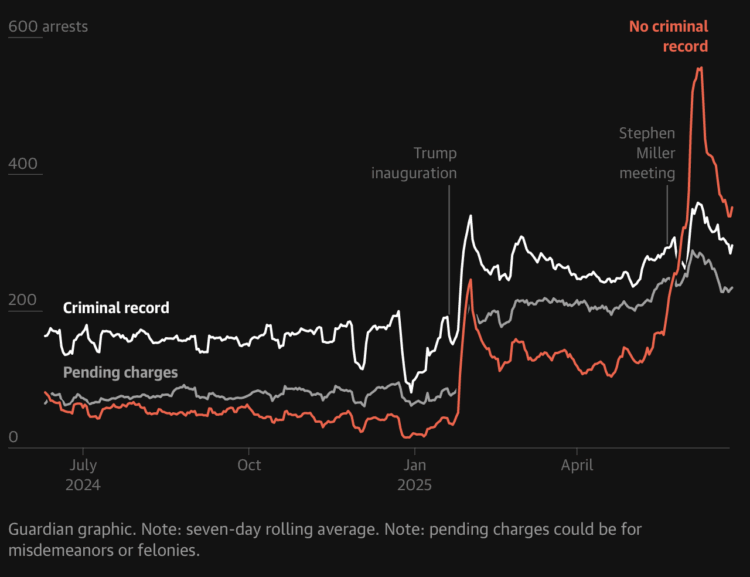
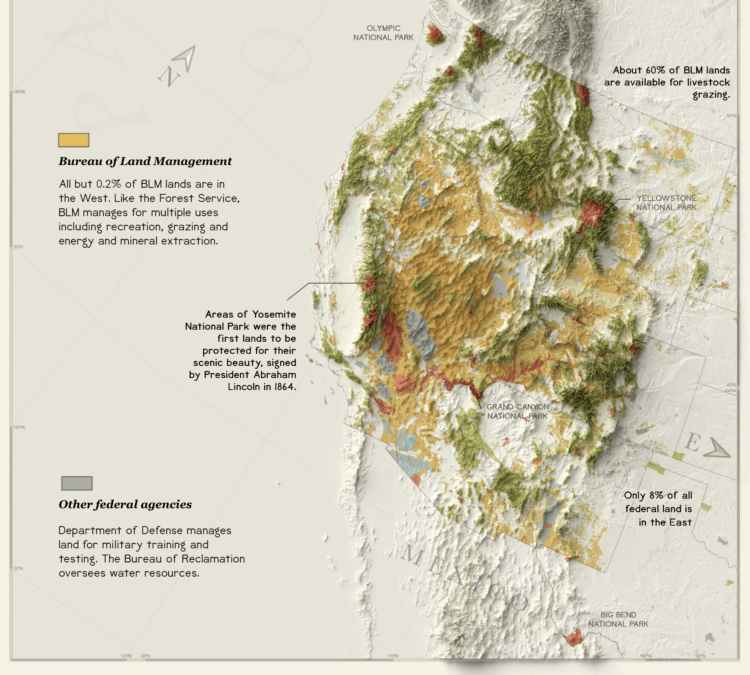

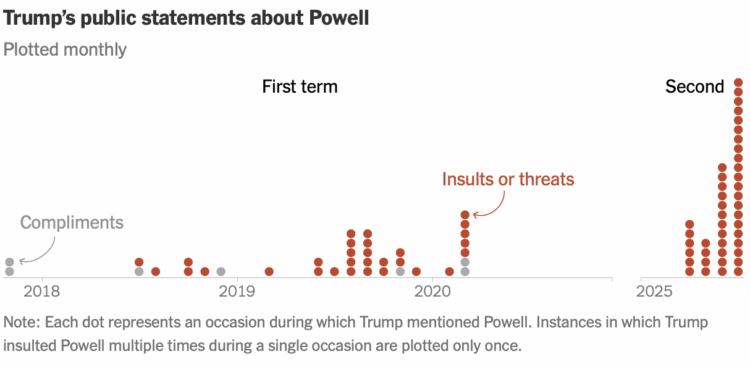


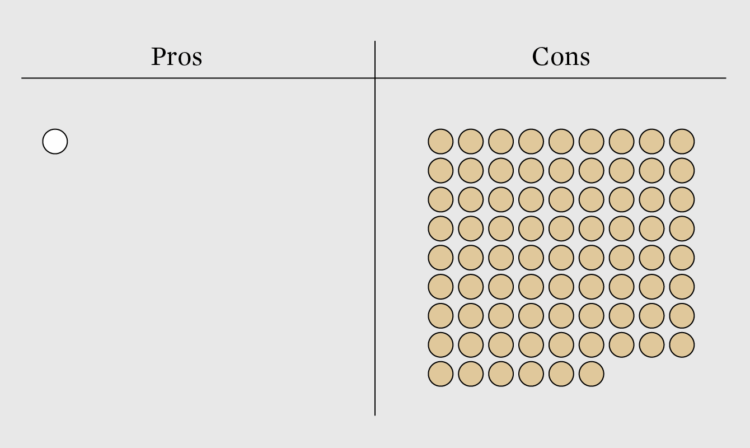
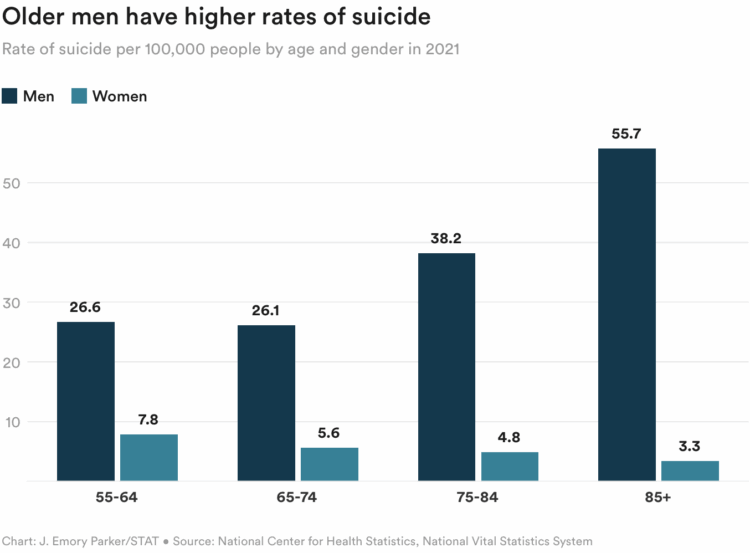
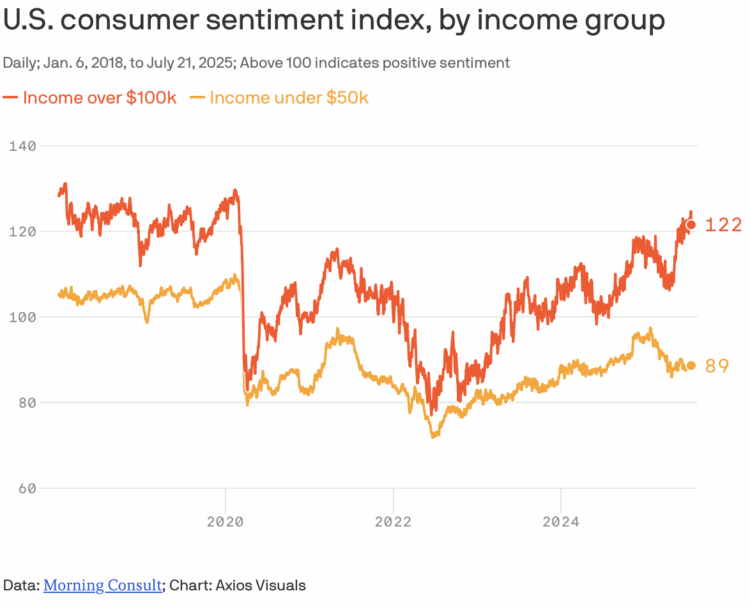
 Visualize This: The FlowingData Guide to Design, Visualization, and Statistics (2nd Edition)
Visualize This: The FlowingData Guide to Design, Visualization, and Statistics (2nd Edition)










